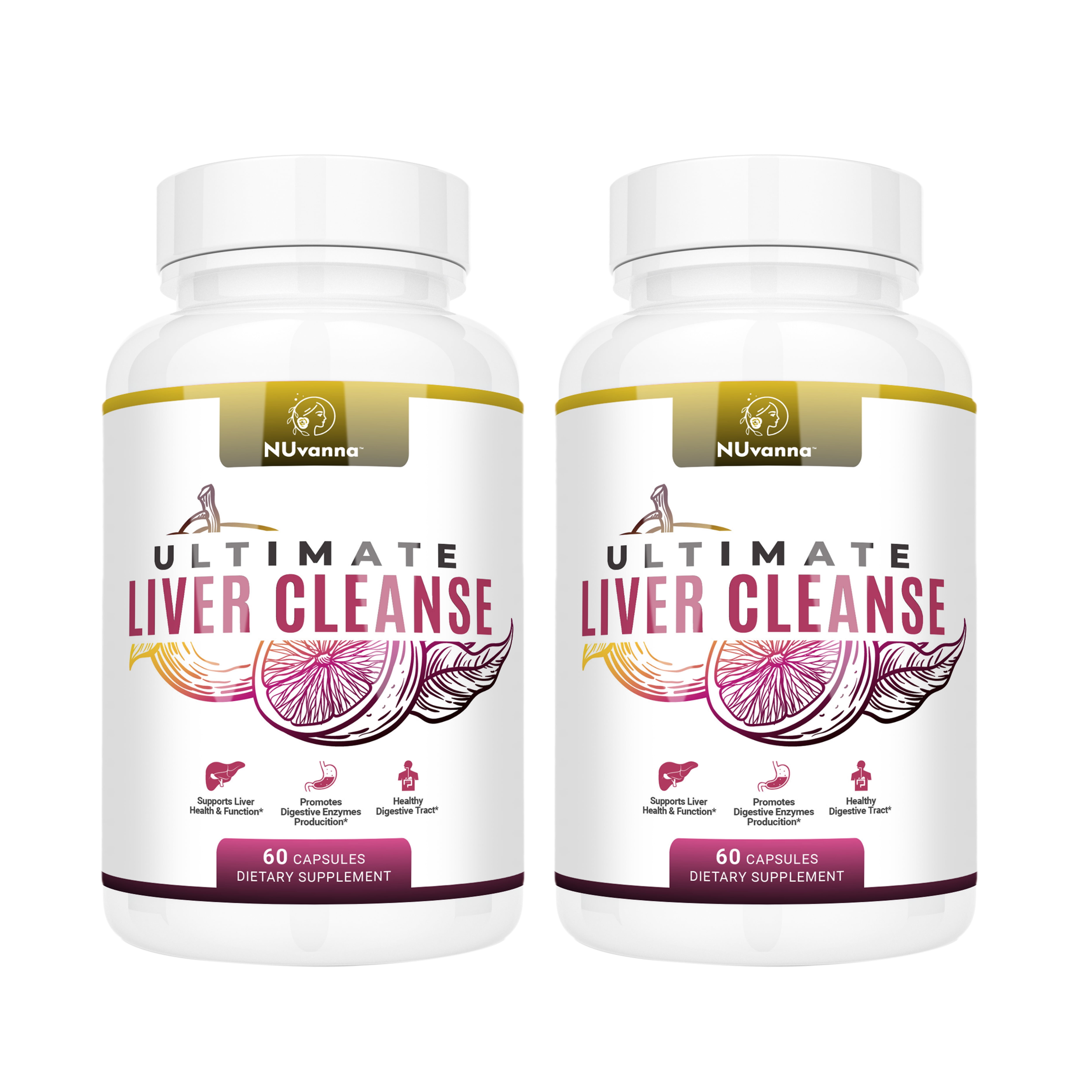Some Known Factual Statements About "Yoga and Meditation Techniques to Manage Liver Cirrhosis Symptoms"
Liver cirrhosis is a dynamic health condition that slowly ruins the liver, leading to scarring and liver dysfunction. It can easily be created by numerous factors such as booze misuse, viral hepatitis, autoimmune health conditions, and non-alcoholic fatty liver ailment. Unfortunately, it frequently goes unseen until it is in its advanced stages. Understanding the stages of liver cirrhosis and the alleviation approaches for each stage may assist handle the ailment efficiently.
Stage 1: Made up Cirrhosis

In this early phase of liver cirrhosis, there might not be any visible signs. The liver is still capable to function adequately despite some scarring. Nevertheless, this phase calls for near display as it can easily proceed rapidly without suitable treatment.
Comfort Strategies:
1. Way of living adjustments: Producing well-balanced way of living modifications such as steering clear of alcohol intake and sustaining a healthy diet can slow down the progression of cirrhosis.
2. Drugs: Drugs are recommended to deal with signs such as itching and tiredness.
3. Regular check-ups: Normal check-ups with a medical care service provider are vital in tracking any sort of improvements in the condition.
Stage 2: Decompensated Cirrhosis
In this stage, the harm to the liver has progressed significantly triggering signs and symptoms to show up. These consist of jaundice (yellowing of skin layer), ascites (abdominal swelling due to liquid collection), and hepatic encephalopathy (confusion and moment reduction).
Additional Info :
1. Diuretics: Diuretics aid decrease liquid build-up in the physical body led to through ascites.
2. Low-sodium diet regimen: A low-sodium diet plan assists lessen water retention led to by ascites.
3. Paracentesis: In severe cases of ascites where diuretics do not operate, paracentesis may be conducted which involves draining excess fluid coming from the abdominal area using a needle.
4. Lactulose or Rifaximin: These medicines are utilized to handle hepatic encephalopathy.
Phase 3: End-Stage Cirrhosis
This is the ultimate and very most extreme phase of liver cirrhosis when the liver functionality has substantially deteriorated. Symptoms come to be even more severe, and there is an enhanced risk of cultivating liver cancer cells or liver breakdown.
Relief Strategies:
1. Liver transplant: A liver transplant might be encouraged in scenarios where the liver functionality has gravely decreased, and various other treatments are no a lot longer efficient.
2. Palliative care: Palliative treatment may aid take care of signs and symptoms such as ache and queasiness in end-stage cirrhosis clients who are not qualified for a liver transplant.
3. Frequent screen: Near monitoring of signs and symptoms is essential to make sure that any type of modifications are swiftly resolved.
In conclusion, understanding the phases of liver cirrhosis may aid handle the condition successfully. Early discovery and effective procedure can easily slow down the progression of cirrhosis and enhance general top quality of lifestyle for those influenced through this disease. Creating healthy and balanced way of living modifications, taking prescribed medicines, routine check-ups with a medical care provider, and opting for a liver transplant if required are all essential strategies in taking care of this disorder properly.
Stage 1: Made up Cirrhosis

In this early phase of liver cirrhosis, there might not be any visible signs. The liver is still capable to function adequately despite some scarring. Nevertheless, this phase calls for near display as it can easily proceed rapidly without suitable treatment.
Comfort Strategies:
1. Way of living adjustments: Producing well-balanced way of living modifications such as steering clear of alcohol intake and sustaining a healthy diet can slow down the progression of cirrhosis.
2. Drugs: Drugs are recommended to deal with signs such as itching and tiredness.
3. Regular check-ups: Normal check-ups with a medical care service provider are vital in tracking any sort of improvements in the condition.
Stage 2: Decompensated Cirrhosis
In this stage, the harm to the liver has progressed significantly triggering signs and symptoms to show up. These consist of jaundice (yellowing of skin layer), ascites (abdominal swelling due to liquid collection), and hepatic encephalopathy (confusion and moment reduction).
Additional Info :
1. Diuretics: Diuretics aid decrease liquid build-up in the physical body led to through ascites.
2. Low-sodium diet regimen: A low-sodium diet plan assists lessen water retention led to by ascites.
3. Paracentesis: In severe cases of ascites where diuretics do not operate, paracentesis may be conducted which involves draining excess fluid coming from the abdominal area using a needle.
4. Lactulose or Rifaximin: These medicines are utilized to handle hepatic encephalopathy.
Phase 3: End-Stage Cirrhosis
This is the ultimate and very most extreme phase of liver cirrhosis when the liver functionality has substantially deteriorated. Symptoms come to be even more severe, and there is an enhanced risk of cultivating liver cancer cells or liver breakdown.
Relief Strategies:
1. Liver transplant: A liver transplant might be encouraged in scenarios where the liver functionality has gravely decreased, and various other treatments are no a lot longer efficient.
2. Palliative care: Palliative treatment may aid take care of signs and symptoms such as ache and queasiness in end-stage cirrhosis clients who are not qualified for a liver transplant.
3. Frequent screen: Near monitoring of signs and symptoms is essential to make sure that any type of modifications are swiftly resolved.
In conclusion, understanding the phases of liver cirrhosis may aid handle the condition successfully. Early discovery and effective procedure can easily slow down the progression of cirrhosis and enhance general top quality of lifestyle for those influenced through this disease. Creating healthy and balanced way of living modifications, taking prescribed medicines, routine check-ups with a medical care provider, and opting for a liver transplant if required are all essential strategies in taking care of this disorder properly.
Created at 2023-05-01 03:24
Back to posts
This post has no comments - be the first one!
UNDER MAINTENANCE